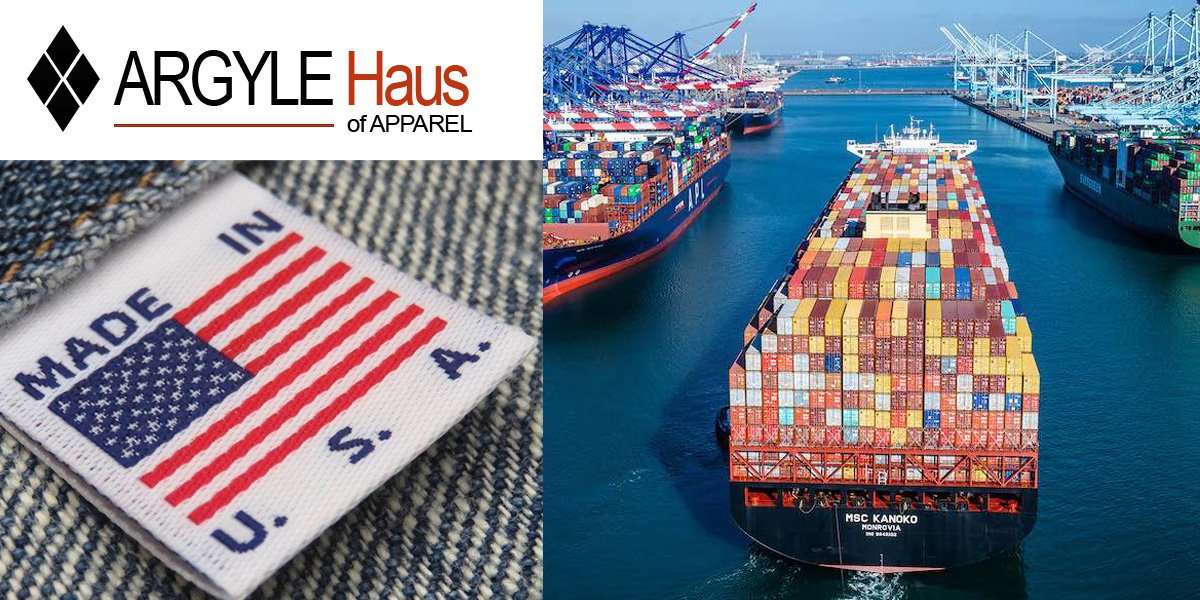Clothing Labeling Laws
In today’s eco-conscious world, consumers are increasingly concerned about the materials used in the clothes they wear. As a result, clothing labeling laws have become a crucial aspect of the fashion industry. Understanding these laws and what qualifies as organic materials is essential for both consumers and manufacturers. In this article, we’ll delve into the intricacies of clothing labeling laws and shed light on the criteria for organic material qualifications, helping you make informed choices as a consumer.

Clothing Labeling Laws
1. The Importance of Clothing Labeling Laws
Clothing labeling laws serve two primary purposes: to protect consumers and to promote fair competition among clothing manufacturers. These laws ensure that consumers have access to accurate information about the products they purchase, including the materials used, care instructions, and the country of origin.
2. The Basics of Clothing Labeling
Clothing labels are a crucial source of information for consumers. They typically include:
- Fiber Content Disclosure: One of the primary requirements is the accurate disclosure of fiber content. This informs consumers about the materials used in the garment, helping them make informed choices based on their preferences and potential allergies.
- Care Instructions: Labels must provide clear care instructions to help consumers maintain the garment’s quality. This ensures that consumers can take proper care of their clothing, extending its lifespan.
- Country of Origin: The label should state the country where the garment was manufactured. This information helps consumers gauge factors such as ethical labor practices and environmental impact.
- Trademarks and Branding: Labels must not contain false claims or misleading branding. This prevents consumers from being deceived by inaccurate information. Federal law requires that clothing labels show the legal name of the business entity that owns the brand. If the business name is different from the brand name, then an RN number is required (read more about RN numbers).
Now, let’s dive into the specific guidelines for organic materials in clothing labeling:
3. Understanding “Organic” in Clothing Labels
The term “organic” is often associated with clothing and textiles, but what does it really mean in this context? To qualify as organic, textiles must meet specific criteria:
- Fiber Source: Organic materials in clothing are often derived from natural sources like cotton, wool, or hemp. These materials must be grown without the use of synthetic pesticides or genetically modified organisms (GMOs). Organic cotton, for example, is cultivated using sustainable and eco-friendly farming practices.
- Processing Standards: The processing of organic materials should also adhere to eco-friendly practices. This includes using non-toxic dyes and chemicals, minimizing water consumption, and ensuring fair labor practices throughout the production process.
- Certification: For a garment to be labeled as organic, it must meet certain certification standards. These standards are typically set by recognized organizations such as the Global Organic Textile Standard (GOTS) and the Organic Content Standard (OCS). Manufacturers must adhere to strict criteria, including sustainable farming practices and limited use of synthetic chemicals.. To ensure compliance with these standards, many organic textiles carry certifications such as GOTS (Global Organic Textile Standard) or OEKO-TEX Standard 100, which test for harmful substances.
4. Navigating Clothing Labels: What to Look For
When shopping for clothing, here are some key terms and labels to watch for:
- 100% Organic*: This label indicates that the entire garment is made from certified organic materials.
- Made with Organic Materials: If a garment has at least 70% organic fibers, it can use this label.
- GOTS Certification: Look for garments with the GOTS certification, which ensures strict organic and environmental standards.
5. The Future of Clothing Labeling Laws
As consumer demand for sustainability and transparency continues to rise, it’s likely that clothing labeling laws will become even more stringent. This is positive news for consumers who want to make environmentally responsible choices.
Understanding clothing labeling laws and organic material qualifications is vital for consumers who want to make informed and sustainable choices in the world of fashion. By paying attention to labels and certifications, you can support ethical and eco-friendly practices while enjoying clothing that aligns with your values. Remember that informed consumers have the power to drive positive change in the fashion industry, encouraging manufacturers to prioritize transparency and sustainability in their products. So, the next time you shop for clothes, keep these guidelines in mind and choose garments that reflect your commitment to a greener and more responsible future.
_____
* brands that have product that require many different parts (such as bras and corsets) may find it difficult to label their products as 100% organic. In our findings, suppliers of many of the necessary components, such as underwire, metal and plastic boning, and bra cups have not yet transitioned to 100% organic manufacturing of those components as of this post.






